These Are the Most Famous Military Aircraft Developed By Boeing
Boeing, a titan (and sometimes controversial) name in the aerospace industry, has a rich history of producing some of the world’s most iconic and formidable military aircraft. From bombers that reshaped the course of history to advanced reconnaissance and patrol platforms, the company’s contributions to aviation have been unparalleled.
In the following list, we share what we believe to be the eight most famous military aircraft ever developed by Boeing, from the Second World War to more recent conflicts.
Boeing B-17 Flying Fortress
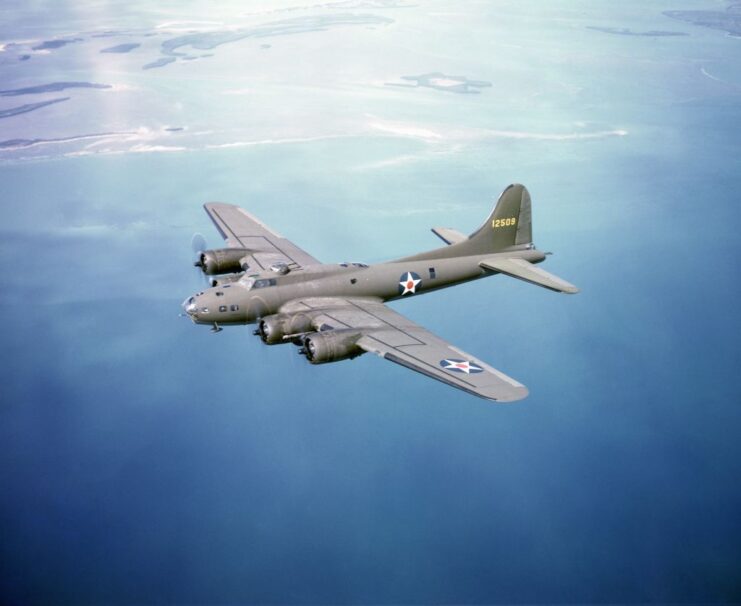
Are you surprised we’re kicking off our list with the B-17 Flying Fortress? We mean, it’s arguably the most popular Boeing military aircraft ever developed (as well as the most iconic).
The B-17 was one of the most effective bombers of the Second World War, playing a crucial role in Allied air campaigns. It was introduced in the late 1930s and underwent several modifications and improvements over its service life. Initially designed for high-altitude bombing, it gained notoriety for its ruggedness, firepower and ability to withstand heavy enemy fire.
Throughout the conflict, the B-17 played a significant role in strategic bombing missions, targeting key enemy infrastructure, such as industrial plants, airfields and naval installations. Its long-range capabilities allowed it to conduct missions deep within enemy territory, contributing to the Allies’ efforts in Europe and the Pacific. The B-17 became a symbol of American air power and played a vital role in crippling the enemy’s morale and production capacity.
Despite facing formidable enemy fighters and anti-aircraft defenses, the B-17’s durability and defensive armament enabled it to survive in hostile skies. Its legendary toughness earned it the admiration of both its crews and adversaries. By the end of World War II, the bombers had flown thousands of missions, leaving an everlasting mark on military aviation.
Boeing AH-64 Apache
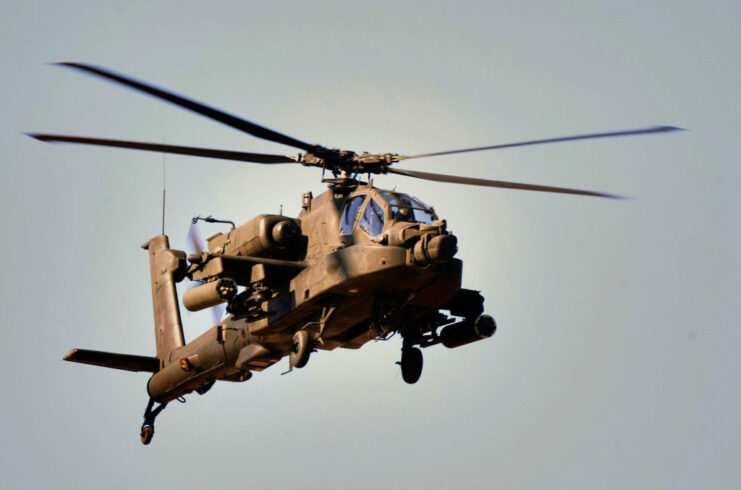
The Boeing AH-64 Apache is one of the world’s most formidable attack helicopters, renowned for its lethality and versatility in combat. Entering service in the 1980s, it quickly proved its worth during Operation Desert Storm in 1991, where its advanced avionics, powerful armament and agility allowed it to dominate the battlefield. Since then, the Apache has become a linchpin of numerous military campaigns and peacekeeping operations.
Throughout its service, the Apache has undergone continuous upgrades to maintain its edge against evolving threats; enhanced sensor systems, advanced weapon systems and improved survivability features have been introduced. With its ability to operate day or night in adverse weather conditions, the helicopter has become a critical asset for ground forces in need of aerial support.
The Apache’s combat record extends beyond conventional warfare. Its ability to adapt to various mission requirements, coupled with its formidable firepower and survivability, has made it a trusted asset for many military forces.
Boeing B-29 Superfortress
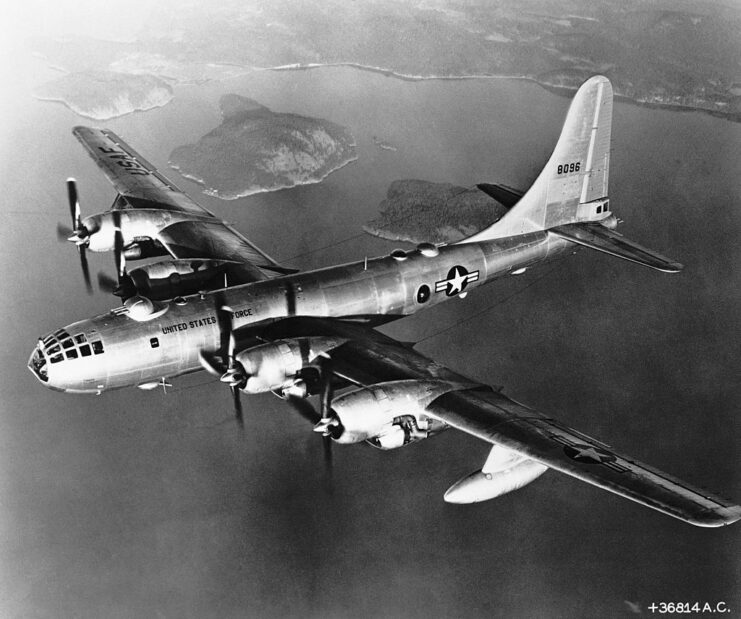
The Boeing B-29 Superfortress represents the pinnacle of American engineering during the Second World War, serving valiantly in the Pacific Theater. Introduced in 1944, it was designed to carry heavy bomb loads over long distances, with innovations such as pressurized cabins and remote-controlled gun turrets.
Its strategic importance was shown in its role in the atomic bombings of Hiroshima and Nagasaki in August 1945. These missions showcased the aircraft’s ability to deliver significant payloads with precision, exerting immense pressure on Japan’s war effort. Beyond its role in the Pacific, the B-29 also played a vital role in the China-Burma-India (CBI) Theater, performing bombing raids against Japanese targets in the region.
Post-war, the B-29 continued to serve, performing reconnaissance and weather research missions. Despite being officially retired from active service in the mid-20th century, a few remain in airworthy condition as part of historical preservation efforts, serving as a living testament to its significance in aviation history.
Boeing CH-47 Chinook
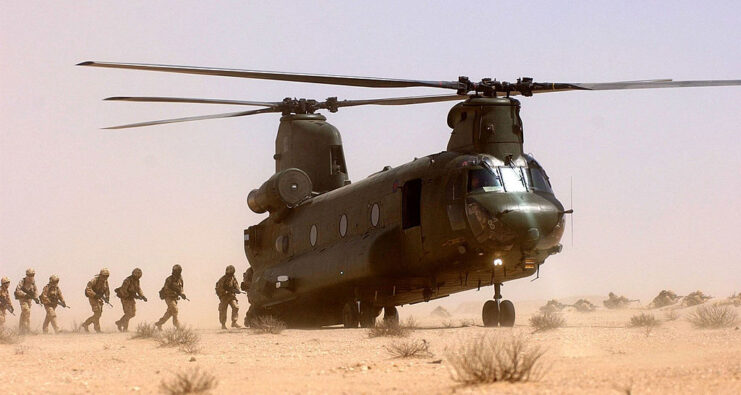
The Boeing CH-47 Chinook is an iconic twin-engine, tandem-rotor helicopter that’s served with distinction in military and civilian roles since the 1960s. Renowned for its versatility and ruggedness, it’s become a staple in transport and heavy-lift operations. On top of this, its tandem rotor design provides the chopper with exceptional lifting capabilities, allowing it to transport troops, cargo and equipment across various types of terrain and through diverse environmental conditions.
Throughout its service history, the Chinook has participated in a wide range of missions outside of transport, including medical evacuation, disaster relief and aerial firefighting. Its ability to rapidly deploy and extract troops in combat zones has made it a vital asset for military forces globally, and the helicopter has proven its reliability in various conflicts, such as the Vietnam War, the Gulf War, and the conflicts in Afghanistan and Iraq.
Beyond military applications, the Chinook’s also been widely used in civilian roles, including search and rescue, firefighting and humanitarian aid missions; its aforementioned abilities to lift heavy loads and operate in dangerous environments have made it indispensable during natural disasters and humanitarian crises.
Boeing E-3 Sentry
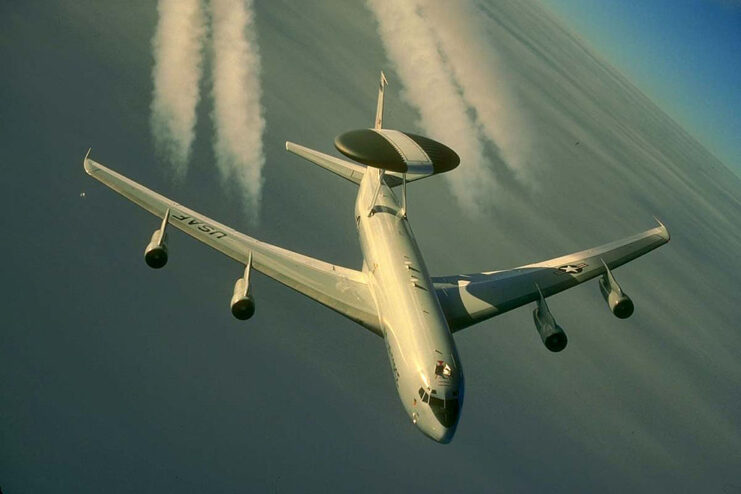
The Boeing E-3 Sentry – commonly referred to as the Airborne Warning and Control System (AWACS) – has been a cornerstone of both airborne surveillance and command and control operations since its introduction in the 1970s. Based on the Boeing 707 airframe, the aircraft is equipped with a large rotating radar dome mounted above the fuselage, which provides a 360-degree view for long-range detection and the tracking of airborne and surface targets.
Throughout its service, the E-3 has played a role in both defensive and offensive operations, providing situational awareness and coordination for military forces around the world. During the Cold War, AWACS aircraft patrolled the skies, monitoring for potential threats and providing crucial command and control capabilities in the event a conflict broke out. In recent years, it has been deployed in numerous combat operations, including the NATO bombing of Yugoslavia and Operation Inherent Resolve.
Beyond its military applications, the E-3 has also been flown in disaster relief efforts and humanitarian missions, providing aerial surveillance and coordination during natural disasters and emergencies.
Boeing B-52 Stratofortress
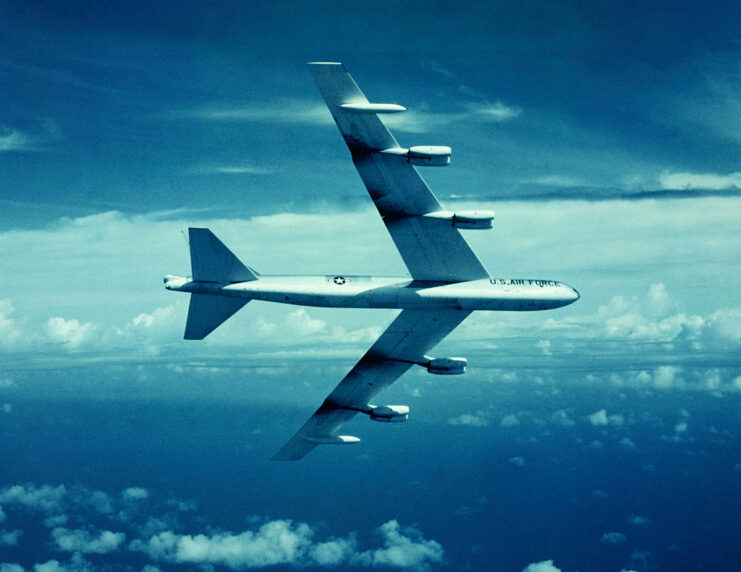
The Boeing B-52 Stratofortress has been in service for over six decades. Introduced in the 1950s, it quickly established itself as a cornerstone of the US Air Force’s strategic bomber fleet. Its long-range capabilities, bomb payload capacity and ability to operate at high altitudes made it a formidable weapon during the Cold War.
Equipped with advanced avionics and continually upgraded with modern technology, the B-52 has consistently adapted to any and all evolving threats, and it has remained relevant in the face of changing global security landscapes.
As aforementioned, the B-52 has been deployed in a variety of roles, including nuclear deterrence, strategic bombing and close air support. It played a significant role during the Cold War, serving as a potent deterrent against potential adversaries. In conflicts like Vietnam, Operation Desert Storm, and recent campaigns in Afghanistan and Iraq, the bomber demonstrated its versatility by delivering precision strikes with conventional munitions, showing its capability to project power across the world.
Despite being conceived in the early days of the jet age, the B-52 remains in active service, with it projected it’ll remain so until at least the middle of the century. With ongoing modernization efforts ensuring its relevance well into the 21st century, it continues to serve as an important component of America’s strategic bomber fleet.
Boeing C-17 Globemaster III
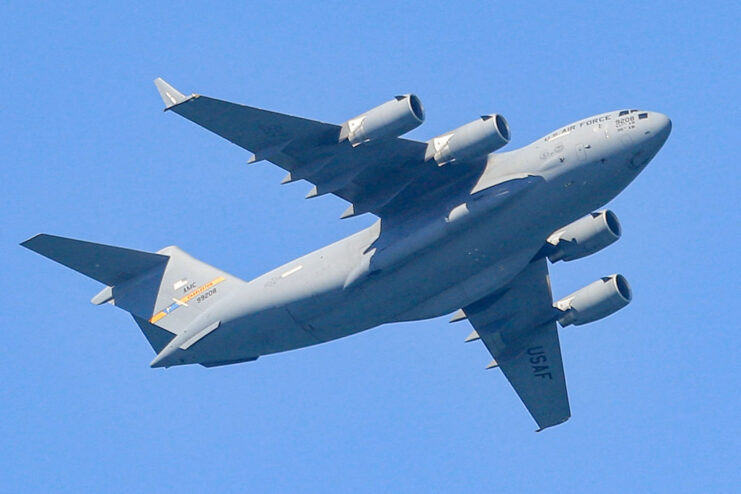
The Boeing C-17 Globemaster III is renowned for its ability to transport troops, cargo and vehicles to remote and austere locations around the world. Introduced in the 1990s, the C-17 quickly proved its worth on various types of missions, from humanitarian relief to combat operations. Its advanced avionics, rugged design, and short takeoff and landing capabilities enable it to operate in challenging environments with minimal infrastructure, making it an invaluable asset.
Throughout its service history, the C-17 has been deployed in numerous high-profile operations and, more recently, humanitarian missions following natural disasters and conflict. Its ability to rapidly deploy personnel and equipment has been instrumental in providing support to military and civilian efforts across the globe, and its versatility and reliability have earned it a reputation as one of the most capable and efficient airlift platforms out there.
Boeing P-8 Poseidon
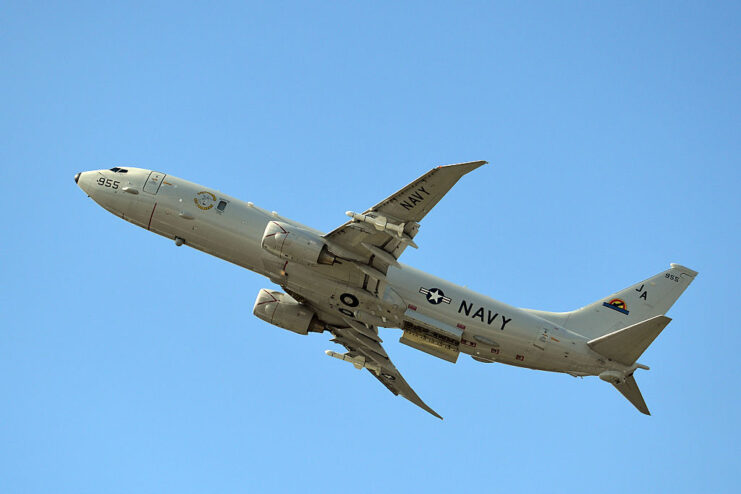
The P-8 Poseidon is derived from the Boeing 737 commercial airliner, and it is among the most advanced maritime patrol and reconnaissance platforms in the world. Entering service in the early 2010s, the P-8 was designed as a replacement for the aging fleet of Boeing P-3 Orion, offering enhanced capabilities for anti-submarine warfare (ASW); anti-surface warfare (ASUW); and intelligence, surveillance and reconnaissance (ISR) missions.
Equipped with state-of-the-art sensors, communication systems and weapons capabilities, the P-8 provides important maritime domain awareness and operational flexibility to military forces operating in both littoral and open-ocean environments. Since entering service, it has been adopted by numerous nations, including the United States, Australia, India and the United Kingdom, to conduct a wide range of missions.
The aircraft’s ability to detect and track submarines, surface vessels and maritime threats in real-time has proven invaluable in protecting maritime interests and ensuring freedom of navigation in contested waters. Its endurance, coupled with its ability to operate at low altitudes and high speeds, enables it to cover vast areas of ocean and respond rapidly to threats, making it a vital asset for maritime security and defense.
More from us: Forward-Swept Wings Gave the Sukhoi Su-47 ‘Berkut’ a Unique Appearance
In addition to its primary military roles, the P-8 has also been used for humanitarian assistance and disaster relief operations in the aftermath of hurricanes, tsunamis and maritime accidents. Its aerial reconnaissance capabilities have proven instrumental in supporting relief efforts and saving lives in times of crisis.
The post These Are the Most Famous Military Aircraft Developed By Boeing appeared first on warhistoryonline.
These Are the Most Famous Military Aircraft Developed By Boeing
Philippines Truth
Post a Comment
0 Comments